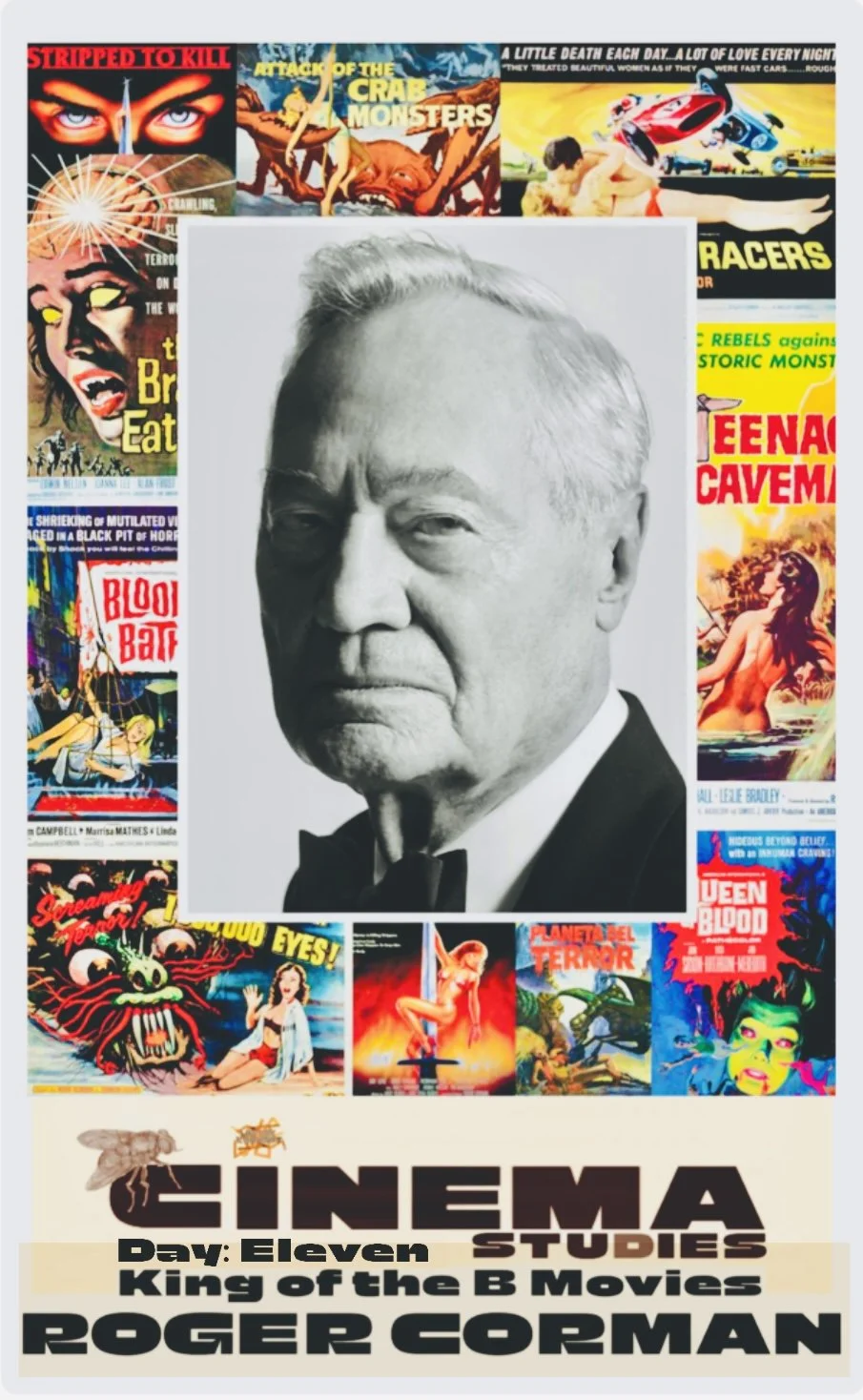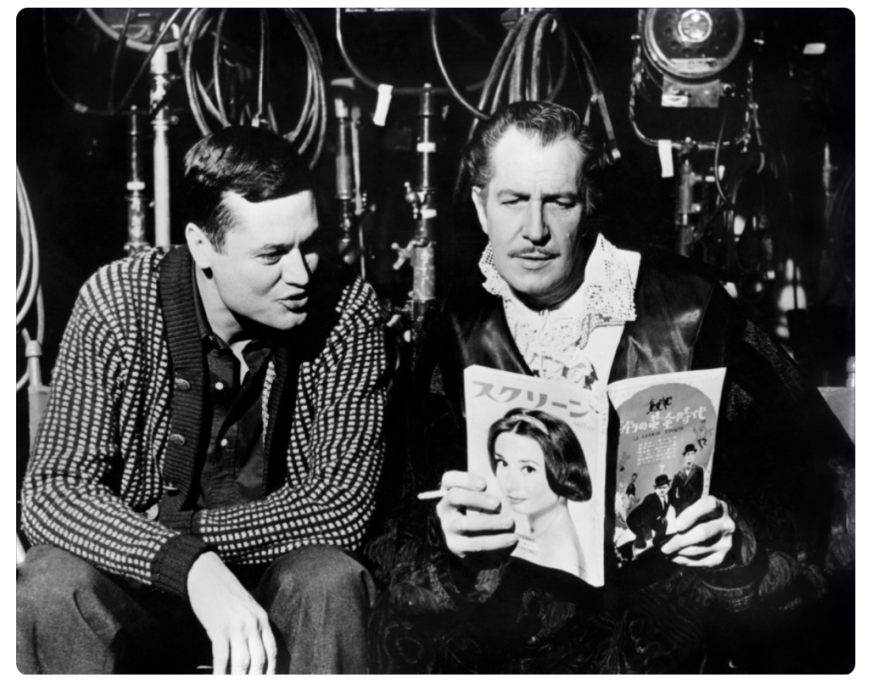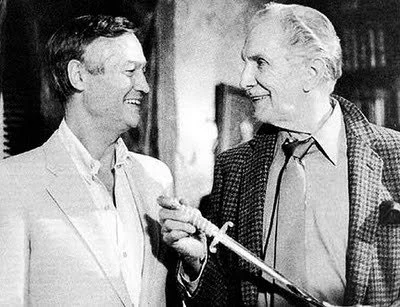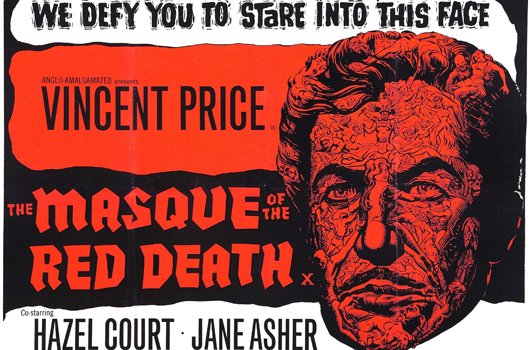Because in science-fiction films the monster should always be bigger than the lead!
Far surpassing his reputation as the undisputed king of B-movies, Corman has had an enormous impact on both independent and mainstream cinema over the past six decades. He is the pinnacle of the independents. Best known for The Little Shop of Horrors (1960)-said to have been filmed in just two days—and his Edgar Allan Poe cycle starring Vincent Price, Corman has had a long career as a director of groundbreaking and entertaining films. He fearlessly approached every subject he covered, from monster movies and gangster films to psychedelic drugs and burgeoning countercultures. In 1962, he made the only feature film about the civil rights movement to be made during the civil rights movement: The Intruder, starring William Shatner, which was shot on location in the Deep South.
The Intruder was director Roger Corman's bold cinematic effort to dissect the massive resistance of organized racists to the integration of schools.
It captures an important subplot of civil rights history, and illustrates the difficulties in making serious, biting, and commercially viable films that speak to what the freedom movement faced. Historically, opponents of civil rights traded on charges that Martin Luther King, Jr., and other peripatetic movement activists were "outside agitators," invading southern cities and manipulating residents.
However, as The Intruder, and the fine 2003 documentary Hoxie: The First Stand, show, racist forces committed first to "outside" agitation, importing organizers into areas and towns initially likely to accept court-ordered desegregation of schools, in order to ensure that integration would be met with bloodshed.
Corman's dedication to independent film production quickly set him apart from other producers and directors in the 1950s and 1960s.
Having produced more than 550 films, Corman is known for working with incredibly small budgets and in short periods of time.
The films he produced and directed in the 1950s for American International Pictures were highly successful, low-budget features-the kinds of films he has continued to make and support throughout his career. There are few players in Tinseltown who could write an autobiography called:
How I Made a Hundred Movies in Hollywood and Never Lost a Dime and stand behind it as a statement of fact, but Roger Corman-sensationalist auteur, visionary of the drive-in flick, legendary B-movie kingpin-is most definitely one of them (and yes, he actually did write that book).
If you are like me when it comes to loving cinema, then chances are that you're also from The Corman Film School, whether you know it or not. From the beginning, Roger Corman was interested in doing it his way. After getting famously screwed over by 20th Century Fox (Corman provided many ideas for Gregory Peck's The Gunfighter,
making his own films on his own dime. He shot The Little Shop of Horrors in two days, took a few more to edit it, then peddled it around LA as best he could.
The filmmaker Roger Corman who died on May 9 of last year, at the age of 98 is responsible for bringing literally hundreds of horror, sci-fi, and sundry exploitation films to the screen, many of which would go on to become classics, both cult and otherwise.
During the early '60s, Corman gloriously adapted more than a half-dozen of Edgar Allan Poe's most famous stories with star Vincent Price.
Between 1960 and 1964, Roger Corman directed eight films loosely derived from Edgar Allan Poe and in all but one case starring Vincent Price: House of Usher (1960) was followed by The Pit and the Pendulum (1961); the omnibus feature Tales of Terror (1962); The Premature Burial (1962), with Ray Milland in the leading role; the visually inventive comedy The Raven (1963); The Haunted Palace (1963), named after a Poe poem but based on H. P.Lovecraft's The Case of Charles Dexter Ward; and the two final films, The Masque of the Red Death (1964) and The Tomb of Ligeia (1964), both made in England.
There doesn't seem to have been any grand plan in view from the outset; if House of Usher had not been so immensely successful, one wonders how many, if any, of its successors would have come to be.
Yet they form a body of work not only deeply coherent but uniquely inspired.
While regularly turning out movies like She Gods of Shark Reef (1958):
and A Bucket of Blood (1959):
he also managed to whip together a soon-to-be-famous, low-budget thriller called The Little Shop of Horrors (1960) as mentioned above, a movie shot in just two days the film stars a plant named Audrey. Corman's rapidly expanding cinematic universe a place populated by the undead, teenage cavemen, haunted houses, swamp women, wasp women, a great number of very busty women, gunslingers, and a variety of hastily assembled and not terribly terrifying monsters, also provided an unwitting reflection of the times.
